Explainer: How can Iran’s Makran region be transformed into regional economic hub?
By Ivan Kesic
Iran's Foreign Minister, Abbas Araghchi, in a speech at a gathering of Indian Ocean littoral nations in Muscat on Sunday, underscored Tehran's strategic pivot toward the open seas.
His remarks signaled that Makran, a coastal region of high strategic importance situated in southeastern Iran, is poised to emerge as a key player on the global stage in the years to come.
Iran’s top diplomat highlighted the pivotal role of Iran’s Indian Ocean coastline, particularly the Makran region, in the nation's long-term economic and strategic vision, stressing that the Makran coast is central to Iran's "maritime-oriented" policy and designating it as a cornerstone of national development.
"The lost paradise of Makran must transform into the future economic hub of Iran and the region," Araghchi declared, painting an ambitious picture of its transformation.
He further emphasized that maritime security in the coastal region must remain in the hands of regional nations, free from the interference of hostile external powers.
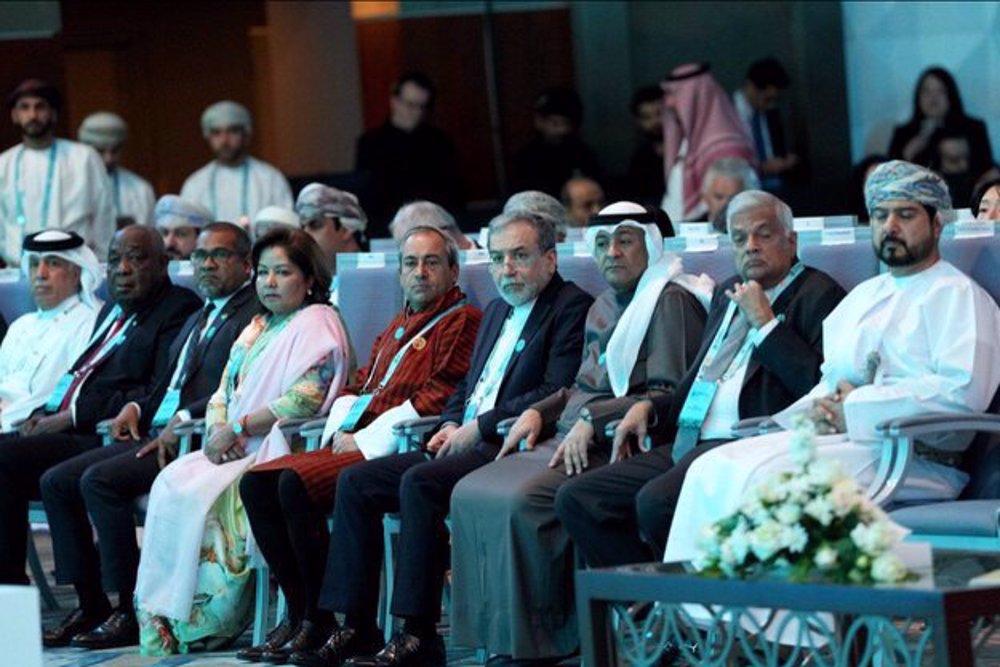
What is the Indian Ocean Conference?
The Indian Ocean Conference (IOC) is a prestigious annual gathering that has been shaping regional discourse since 2016. Initiated by the India Foundation (IF), a New Delhi-based think tank comprising politicians, scientists, and strategists, the conference serves as a high-level dialogue forum for addressing the geopolitical, security, economic, and environmental challenges of the Indian Ocean Region (IOR).
With a vision of fostering commercial growth, security cooperation, infrastructure development, and cultural ties, the IOC has become a cornerstone of regional engagement in recent years.
The inaugural conference in 2016 in Singapore set the stage for this influential forum, drawing over 300 delegates from 22 countries, including ministers, policymakers, diplomats, strategic thinkers, academics, and media representatives.
Over the years, the IOC has significantly expanded its reach, welcoming participation from dozens of Indian Ocean coastal states across Asia, Africa, and Oceania, as well as Pacific nations like Vietnam and Japan and Western countries with overseas territories in the region.
Iran joined the conference as a participant this year, further cementing its engagement with Indian Ocean affairs. The country has been an active member of the Indian Ocean Rim Association (IORA) since its establishment in 1997, contributing to regional cooperation and maritime initiatives.
For India, the region’s most populous nation and largest economy, the IOC represents an opportunity to strengthen ties with the rapidly growing economies of East Africa, West Asia, and Southeast Asia, a vast expanse of 36 nations accounting for 2.9 billion people.
The Indian Ocean Region is a powerhouse of global commerce, with over 30 percent of the world’s containerized cargo and more than 80 percent of global seaborne oil trade passing through its waters.
Nearly 100,000 ships navigate these crucial maritime routes annually, reinforcing the ocean's status as a strategic artery of international trade.
Where is the Makran region located?
The Makran region is a vast and rugged coastal stretch along Iran’s northern shore of the Gulf of Oman, an integral part of the Indian Ocean, alongside the neighboring Persian Gulf and Arabian Sea.
Steeped in history and strategic significance, Makran today spans two Iranian provinces, eastern Hormuzgan and southern Sistan and Baluchistan, encompassing strategically important counties such as Jask, Zarabad, Konarak, Chabahar, and Dashtiari.
The coastal region’s coastline extends from the Strait of Hormuz in the west to Gwatar Bay on the Pakistan border in the east. In a broader historical sense, Makran's traditional reach stretches even further, encompassing parts of Pakistan’s coastline up to Somniani Bay, northwest of Karachi, and extending inland across the Beshagard mountain range, which spans approximately 200 kilometers.
Despite its 100,000 square kilometers of land, Makran remains sparsely populated, with a total of only 500,000 residents, more than half of whom are concentrated around Chabahar Bay.
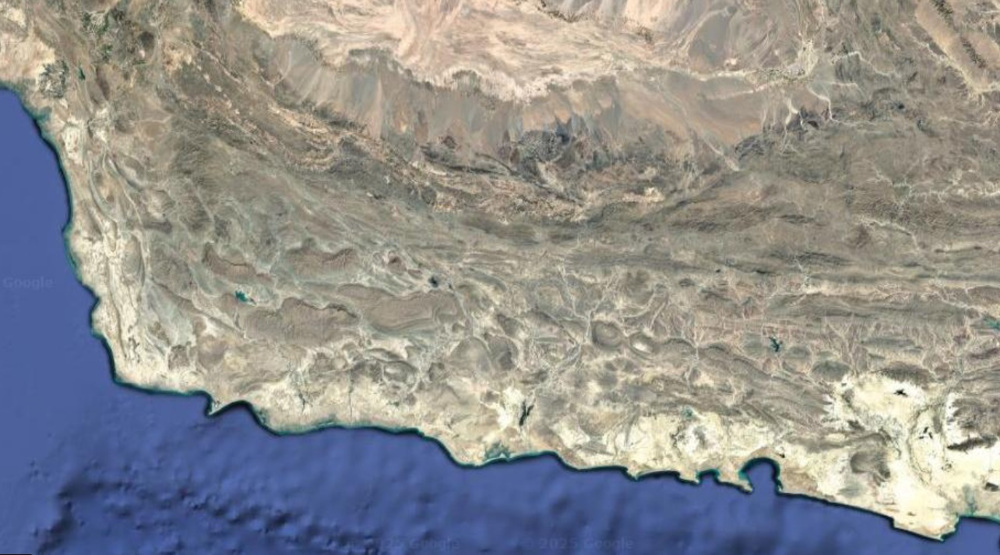
Along its 500-kilometer coastline, the only significant urban centers include Chabahar (120,000 inhabitants), Konarak (40,000), Jask (15,000), and Beris (4,000).
Between Jask and Konarak, a 300-kilometer stretch of remote coastline is home to just ten small fishing villages, with fewer than a thousand residents combined.
Makran’s infrastructure remains modest but holds immense potential for development. The region’s primary transport and trade hubs are Chabahar International Port and Chabahar-Konarak International Airport, while Jask Port (currently under development) and Jask Airport serve as additional gateways.
A network of roads, including State Road 98, connects the coastal settlements, extending inland and linking the region to Pakistan through the Rimdan-Gabd and Pishin-Kurumb border crossings.
Why is the Makran region neglected?
The Makran region remains one of Iran’s least developed and most sparsely populated areas, with a population density ten times lower than the national average. This pattern is not new. It is a historical continuity, as the region has long lacked major urban centers, with no significant archaeological traces of past civilizations.
As FM Araghchi aptly put it in his speech on Sunday, Makran has been "overlooked for centuries."
Unlike other parts of Iran, which boast a well-documented history spanning millennia, Makran stands as an anomaly in historical records. Encyclopedias even note "gaps" of several hundred years in its historical timeline, a rarity in Iran’s rich and meticulously chronicled past.
Take Chabahar, for instance, a city now brimming with international trade potential. As recently as the mid-20th century, it was nothing more than a humble fishing village, home to just 1,800 people at the time of Iran’s first national census.
Even today, with a coastal population of only 180,000, Makran remains underpopulated compared to Iran’s bustling Persian Gulf and Caspian Sea coastlines, which are home to millions of people.
The reasons for Makran’s historical underdevelopment are numerous. Extreme heat, with summer temperatures soaring to 45°C, and minimal annual rainfall (less than 100 mm) make the region an inhospitable environment.
Its seasonal rivers, including the Jegin, Gabrik, Sedich, Rabj, Bir, Kahir, Sergan, and Bahu Kalat, remain dry for much of the year, leaving the land parched and unsuitable for large-scale agriculture.
Instead, settlements historically gravitated toward the Jazmurian Basin in the north, where water resources were more reliable.
While other Iranian cities thrived thanks to qanat irrigation systems, Makran’s geographic isolation kept it from developing along the same lines. Unlike Iran’s interior areas, where ancient trade hubs flourished, Makran remained cut off from major trade networks and urban centers.
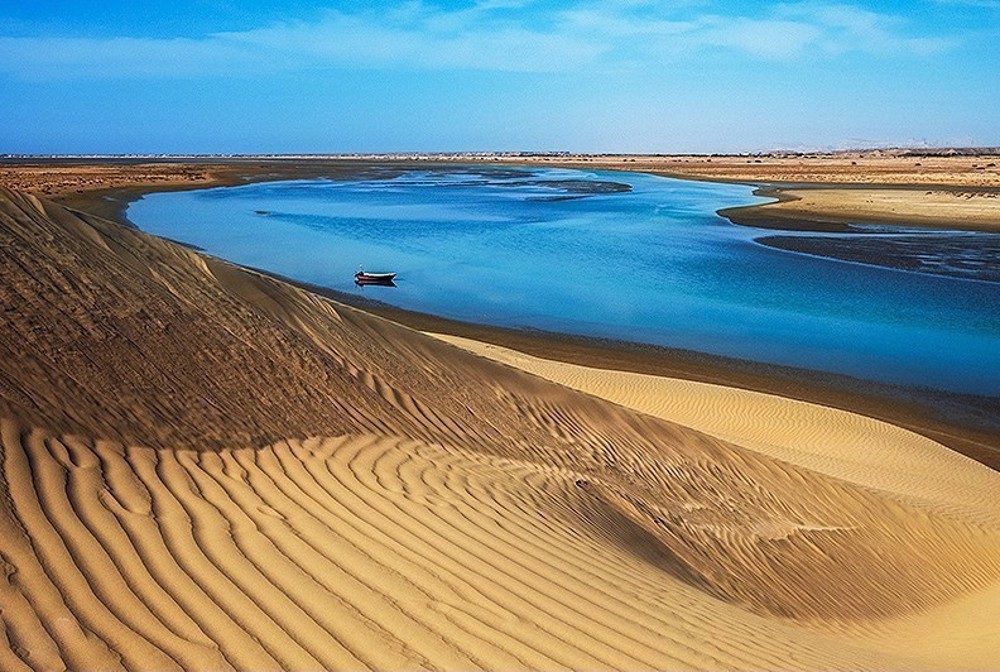
The famous Silk Road bypassed Makran by hundreds of kilometers to the north, favoring more accessible routes. Likewise, the maritime trade route between India and the Persian Gulf never took hold in Makran, as its shallow coastal waters and numerous tidal creeks posed serious navigation risks, and ships frequently ran aground.
Iran’s traditional ports, such as Bandar Abbas and Bushehr, as well as modern hubs like Bandar Imam Khomeini and Asaluyeh, were strategically located in the sheltered Persian Gulf, with easy access to large inland cities.
Makran, by contrast, had no such advantage, its nearest major cities, Kerman and Zahedan, are over 500 km away, accessible only through treacherous mountain routes.
It wasn’t until the early 1970s that Chabahar, the region’s most prominent city, was finally connected by a paved road to the rest of Iran, marking a significant but late step toward integrating Makran into the national economy.
What are the potentials of the coastal region?
Once an isolated and overlooked stretch of coastline, Makran has undergone a transformative shift in recent decades, driven by government development plans and the influx of foreign investment.
The coastal region’s natural challenges, such as water scarcity, are being tackled through large-scale infrastructure projects, paving the way for sustained economic growth.
In the 21st century, a network of dams, including Gabrik, Jegin, Kahir, Khairabad, Pishin, Shey Kalag, and Zirdan, has been built across the Beshagard mountain range.
These reservoirs capture seasonal river water, ensuring a steady supply of drinking water year-round, a fundamental necessity for regional development. To further address the increasing demand for water, a desalination plant near Chabahar was established and continues to undergo capacity expansions.
As part of Iran’s fourth national water transfer megaproject, additional desalination plants are under construction along the Makran coast.
With a $3.2 billion government investment in 2023, this project aims to transfer 2.4 billion cubic meters of water, meeting the needs of Makran and inland cities as far as Mashhad.
A major boost for Makran’s future came last year with the start of construction on the Iran-Hormoz nuclear power plant near Bandar Sirik, just west of Makran. Once completed, this plant will have an electricity generation capacity of 5,000 MW, reinforcing the region’s energy infrastructure.
Beyond energy, geological surveys reveal that the Beshagard mountain range holds chromite deposits, hinting at the potential for a mining industry, a sector that is currently virtually nonexistent in the region but could become a key economic driver.
With the Indian Ocean teeming with marine life, Makran’s fishing and aquaculture industry has flourished in recent years. The region now boasts around twenty modernized fishing ports and numerous fish farms.
Chabahar’s fishermen alone haul in 200,000 tons of fish annually, accounting for one-seventh of Iran’s total national catch, with tuna being a major export. This booming industry led to the opening of Iran’s largest fish packaging, cold storage, and canned fish factory near Chabahar last year.
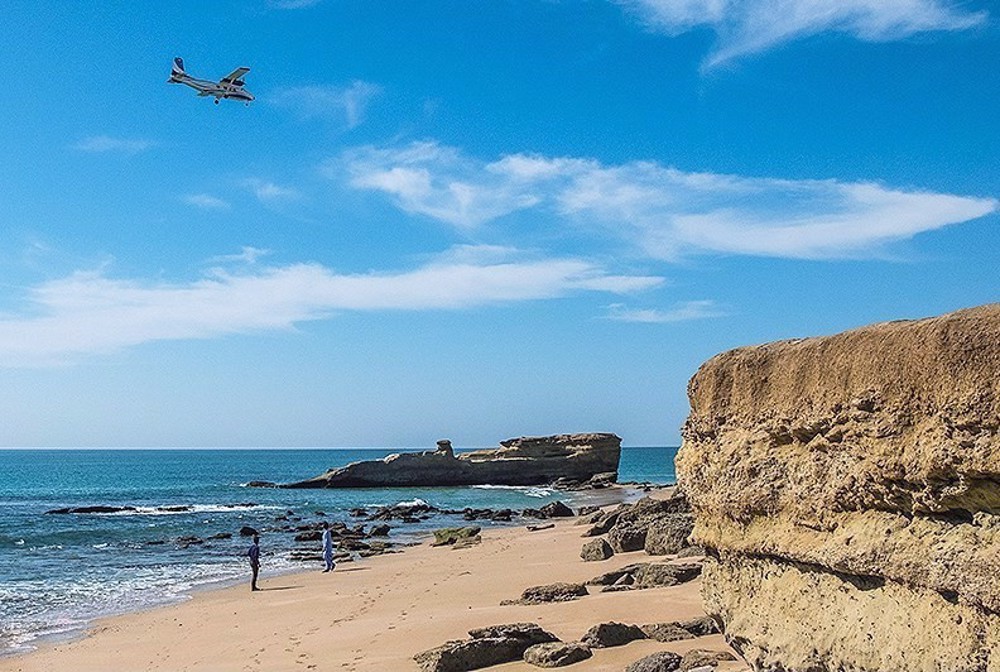
Additionally, in summer 2023, the head of Iran’s Fisheries Organization (IFO) announced the launch of 14 major fishery-related projects spanning 65,000 hectares across Makran.
Beyond industry and infrastructure, tourism is another rising pillar of the Makran economy. The region’s untouched sandy beaches, dramatic cliffs, mangrove forests, colorful mountains, mud volcanoes, and vibrant folk traditions make it a unique travel destination.
With architectural influences from the Indian subcontinent adding to its cultural richness, Makran is poised to become a top attraction for both domestic and international visitors.
What is the strategic importance of the Makran region?
The strategic significance of Makran has undergone a dramatic transformation, shaped by modern international borders, shifting geopolitical dynamics, and ambitious development plans from Iran and other regional powers.
Once a remote and bypassed coastline, Makran is now emerging as a pivotal crossroads of global trade, an evolution that has not gone unnoticed by the world’s great powers.
For Iran, Makran represents a key alternative export hub, reducing dependence on the Strait of Hormuz, a chokepoint vulnerable to geopolitical tensions.
To this end, Iran has invested heavily in the expansion of Chabahar and Jask international ports and the construction of the Goreh-Jask pipeline, ensuring that its oil and goods exports can continue even if the Strait of Hormuz is threatened or closed.
These port projects are not just strategic, are they also drive economic growth, create thousands of jobs, and attract foreign investment.
According to former high-ranking military official Brigadier General Hossein Dehqan, Makran’s development first gained serious attention in the late 2000s, when Leader of the Islamic Revolution Ayatollah Seyyed Ali Khamenei stressed its importance.
Iran's current vision for the region is bold and expansive as it aims to transport 15 million tons of goods annually through Makran’s ports, expand existing cities, and build 27 new urban centers and coastal settlements to accommodate 2.5 million new residents.
Alongside this, Iran is making large-scale investments in energy, shipbuilding, electronics, mining, fisheries, agriculture, and tourism, positioning Makran as a future economic powerhouse.
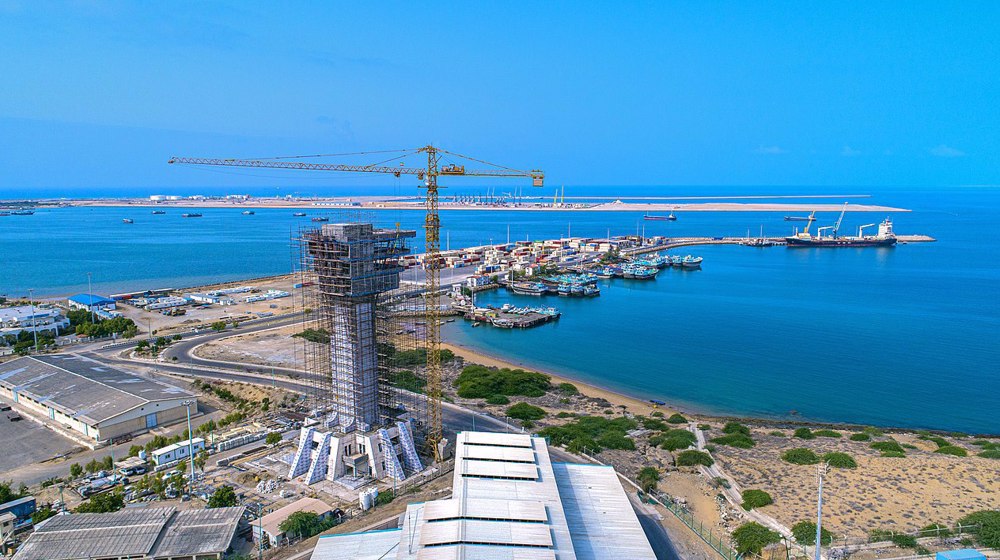
Beyond economic and strategic interests, Makran also plays a vital geopolitical role for Iran in countering hostile regional strategies. Iran views the IMEC corridor, a project that bypasses its territory, as a malicious attempt by the Zionist regime to weaken Iran’s regional influence.
By strengthening Makran, Iran ensures its own strategic resilience in the face of external pressures.
What is Makran’s role in global trade and alliances
The strategic value of Makran has long been recognized by global powers. As early as the beginning of the 20th century, Russia identified Chabahar’s potential as a warm-water port linking its vast inland territories to the Indian Ocean.
Today, Russia and China are among the key backers of the International North-South Transport Corridor (INSTC), a game-changing trade route designed to connect the Indian Ocean and the Persian Gulf to the Caspian Sea, and onward to Russia and Europe.
By bypassing the Suez Canal, the INSTC dramatically reduces transportation time and costs, giving Iran a central role in global logistics.
Meanwhile, India, the largest investor in Chabahar Port, sees it as a strategic gateway to Central Asia, bypassing Pakistan and serving as a counterweight to China’s Belt and Road Initiative (BRI).
Iran’s friendly ties with both India and China allow it to leverage these competing interests to its advantage, integrating Chabahar into multiple regional trade networks.
Iran is already actively connecting Makran to major trade corridors. Recent developments include the launch of international railway freight lines linking Pakistan-Iran-Turkey and China-Iran-Europe, both of which enhance Iran’s role as a transit hub between Asia and Europe.
While the INSTC is currently structured as a north-south corridor, linking India, Iran, Russia, and Europe, Makran has the potential to evolve into a major east-west trade artery.
If geopolitical stabilization and economic cooperation among South Asia, the Arabian Peninsula, East Africa, and Iran continue to progress, long-envisioned land connectivity projects linking these regions, via the Strait of Hormuz and Bab el-Mandeb, could finally become a reality.
With its strategic location, growing infrastructure, and global partnerships, Makran is poised to shift from a historically neglected frontier to a vital economic and geopolitical hub, one that will shape the future of trade, energy, and security in the Indian Ocean region and beyond.
Over dozen Palestinians killed in 46 building collapses across Gaza
Routine IRGC drills rattle Israel as military chief calls CENTCOM commander: Report
Australia trials Israeli weapon system ‘combat-proven’ in Gaza genocide: Report
Pakistan’s Field Marshal Munir awarded Saudi Arabia’s King Abdulaziz medal
Lebanese army uncovers, dismantles Israeli spying device in south
CIA undermining Trump’s Ukraine plan: Ex-US national security adviser
Ten million Persian manuscripts donated from India to institute in Iran
VIDEO | Press TV's news headlines


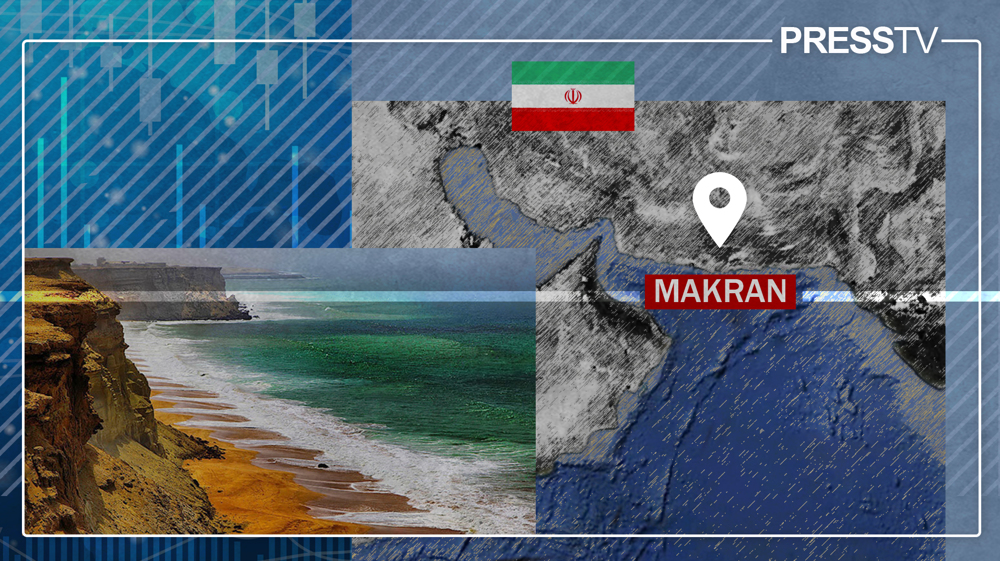
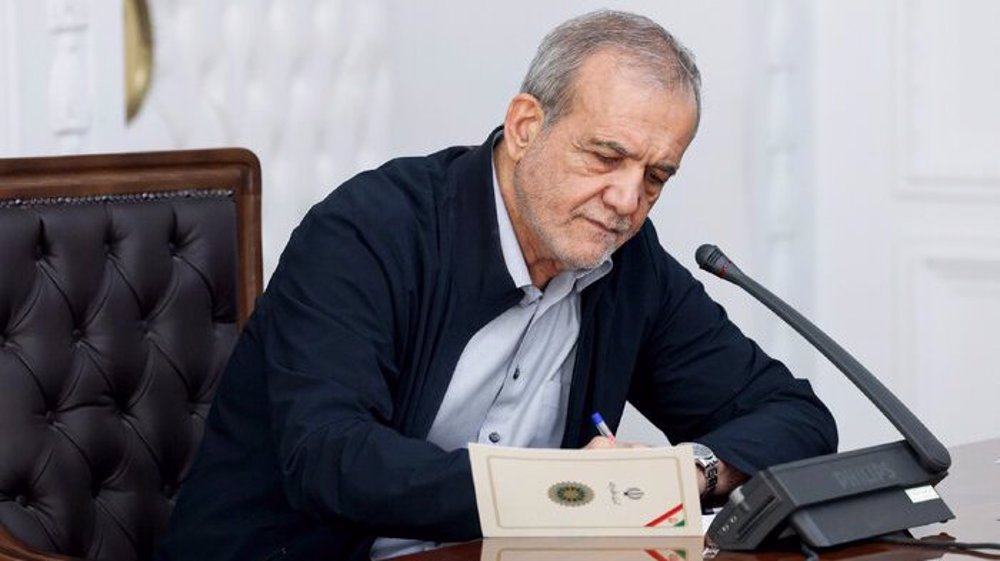
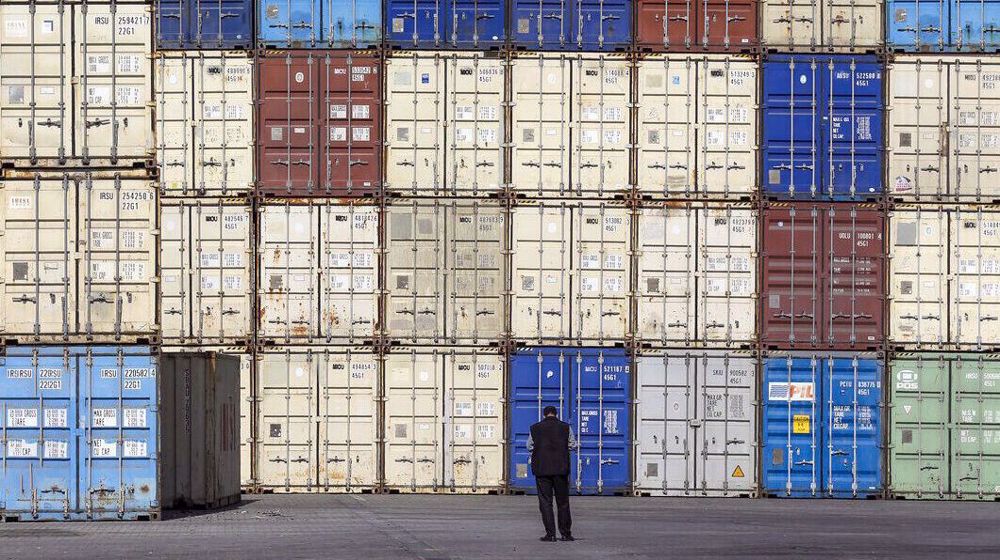
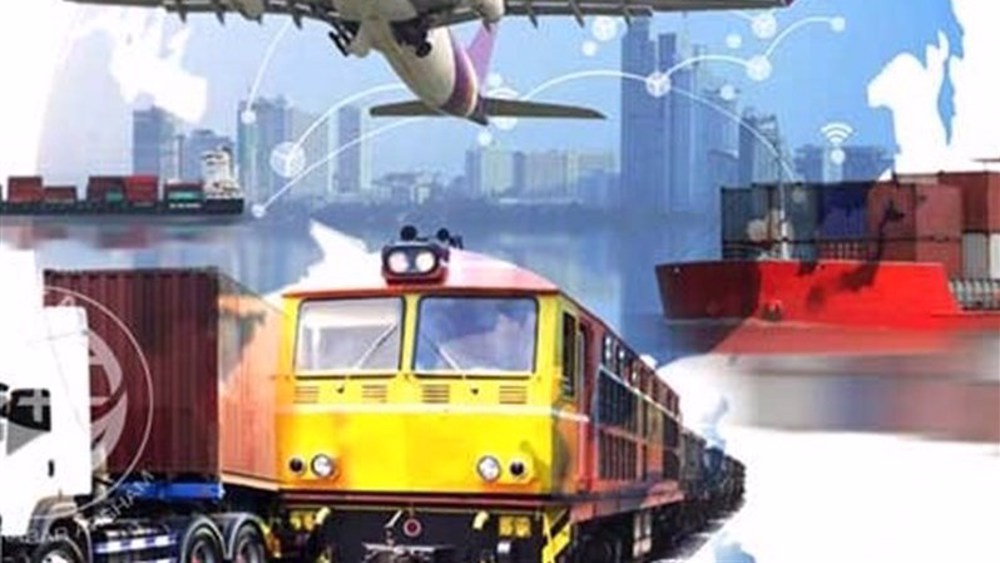




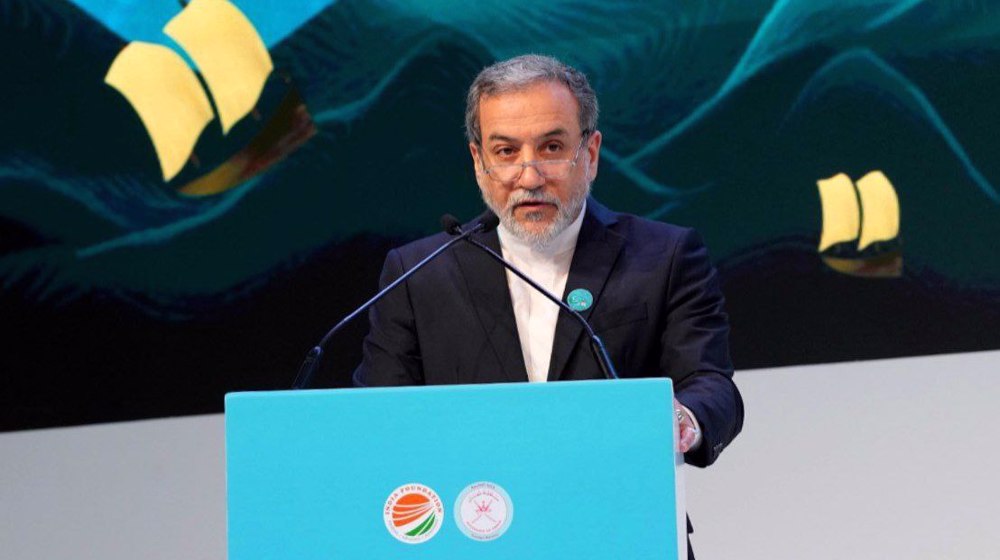
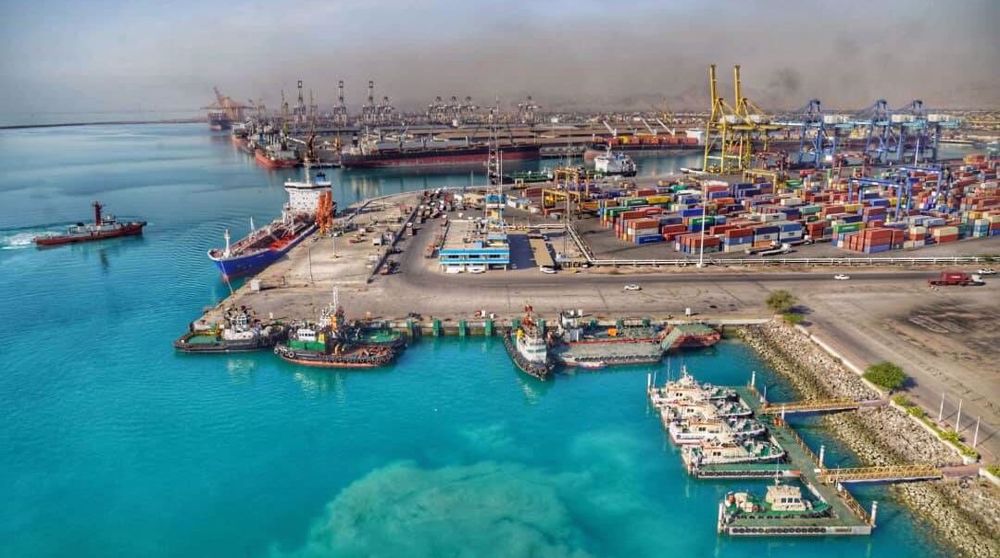
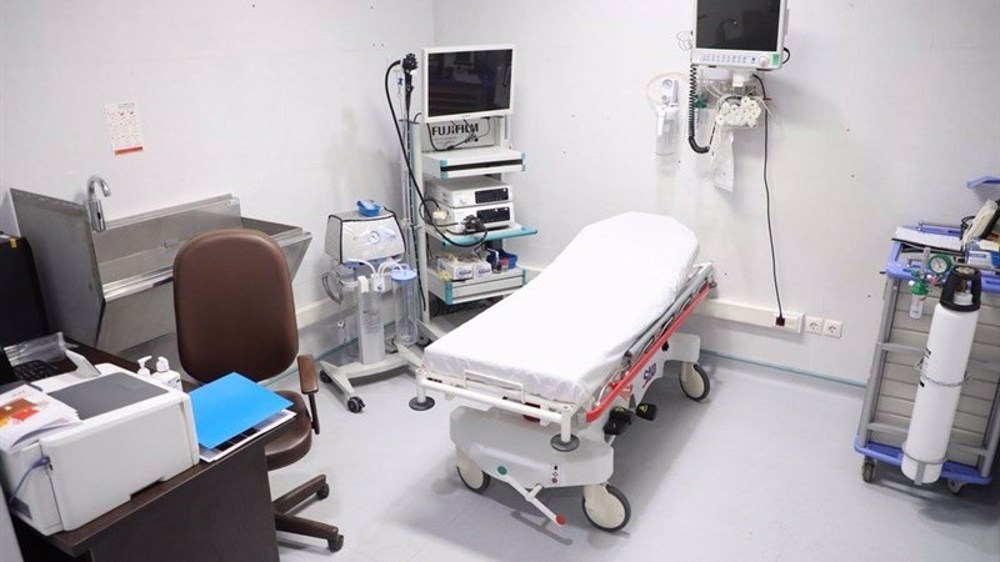
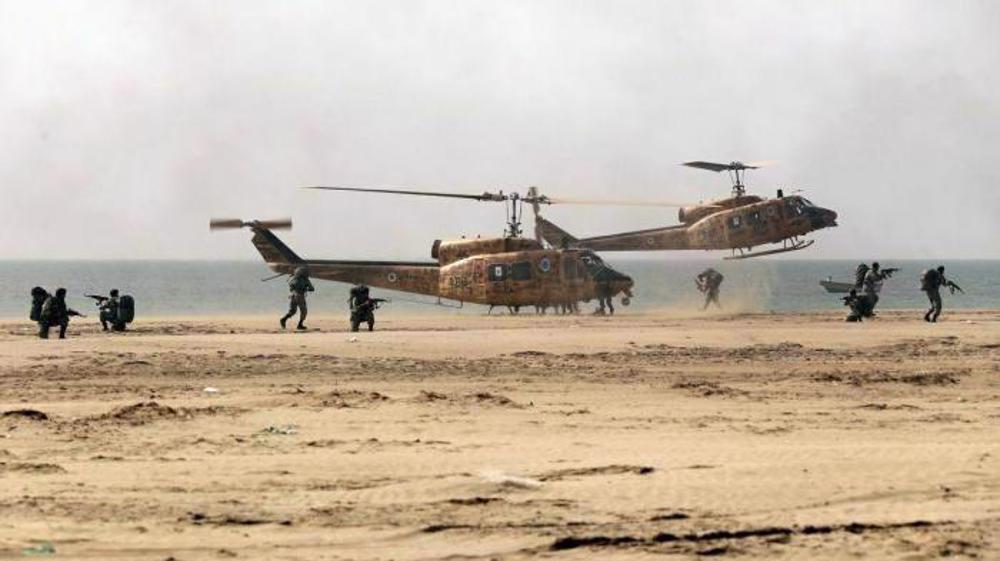

 This makes it easy to access the Press TV website
This makes it easy to access the Press TV website